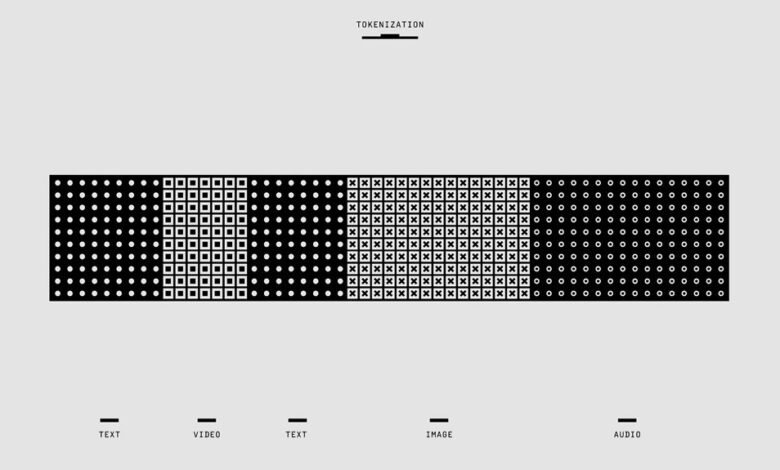Suspicious Communication Detection Tracking Enforcement Division 3281557573 3444398563 3246966997 3533055939 3280828280 3391069180

The Suspicious Communication Detection Tracking Enforcement Division employs advanced methodologies to identify potential threats in communication channels. Utilizing anomaly detection and machine learning, the division balances the need for security with privacy considerations. However, as technology rapidly advances, the division faces growing challenges. Understanding how these tools are implemented and their implications on ethical monitoring practices raises critical questions about the future of communication privacy. What strategies will emerge to address these complexities?
The Role of the Suspicious Communication Detection Tracking Enforcement Division
The efficacy of communication safeguards relies heavily on the operational capabilities of the Suspicious Communication Detection Tracking Enforcement Division.
This division navigates the complex landscape of communication privacy while addressing the legal implications of monitoring activities. Their role is pivotal in balancing security protocols and individual freedoms, ensuring that measures taken do not infringe upon citizens’ rights to confidential communication.
Techniques and Technologies Used in Detection
Balancing privacy and security requires the implementation of advanced techniques and technologies in suspicious communication detection.
Anomaly detection systems utilize machine learning algorithms to identify deviations from normal communication patterns. These technologies analyze vast data sets, enhancing the accuracy of threat identification while minimizing false positives.
Such approaches enable proactive measures against potential risks, fostering a secure environment without compromising individual freedoms.
Case Studies of Identified Suspicious Communications
While various methods exist for detecting suspicious communications, examining real-world case studies provides critical insights into their effectiveness and challenges.
Analyzing patterns in these cases reveals common indicators of illicit behavior, while also highlighting the complex legal implications involved in enforcement actions.
Such studies underline the necessity for robust frameworks that balance security needs with individual rights, fostering both safety and freedom.
Future Trends in Communication Monitoring and Enforcement
As technology continues to evolve, so too does the landscape of communication monitoring and enforcement.
AI advancements promise improved detection capabilities, yet they raise significant privacy concerns. Future regulatory frameworks must balance effective monitoring with the protection of individual freedoms.
Additionally, understanding user behavior will be crucial in developing ethical guidelines that respect privacy while ensuring security in communication practices.
Conclusion
In conclusion, the Suspicious Communication Detection Tracking Enforcement Division stands as a formidable guardian of communication integrity, employing cutting-edge technologies to safeguard against potential threats. As it navigates the delicate balance between security and privacy, the division exemplifies a relentless pursuit of excellence in monitoring practices. With the rapid evolution of technology, its adaptive frameworks will undoubtedly become the gold standard in communication enforcement, ensuring that public trust remains unshakable amidst an ocean of digital noise.




